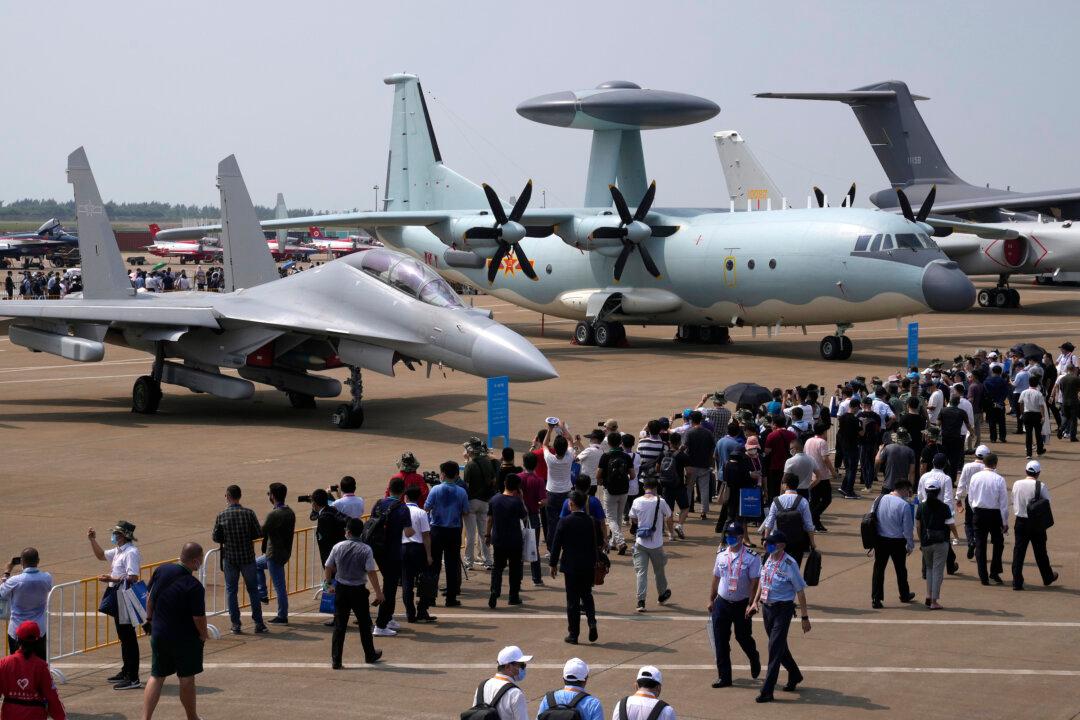News Analysis
The Zhuhai Airshow is China’s biannual event intended to showcase its aerospace industry. One important aerospace product, however, was noteworthy for its absence: the C919.

The Zhuhai Airshow is China’s biannual event intended to showcase its aerospace industry. One important aerospace product, however, was noteworthy for its absence: the C919.